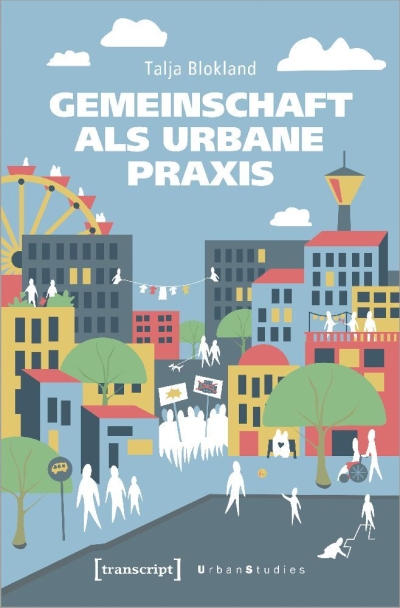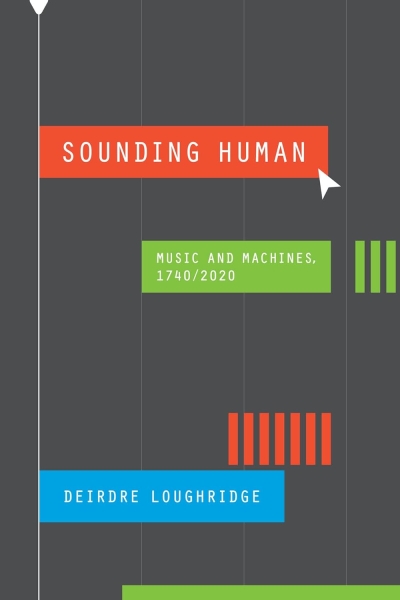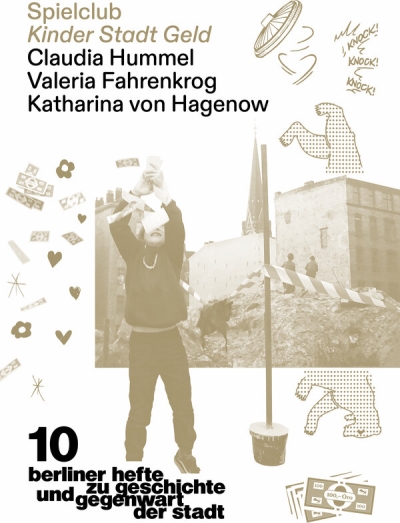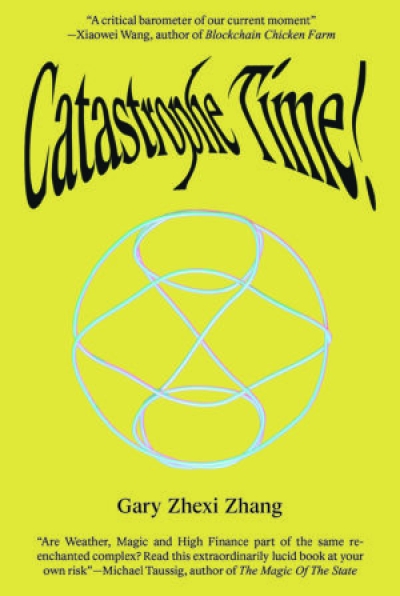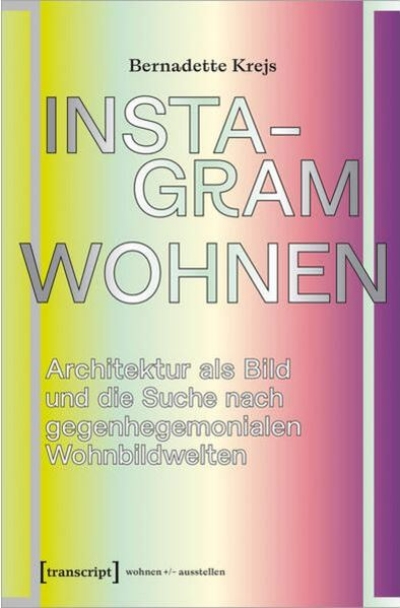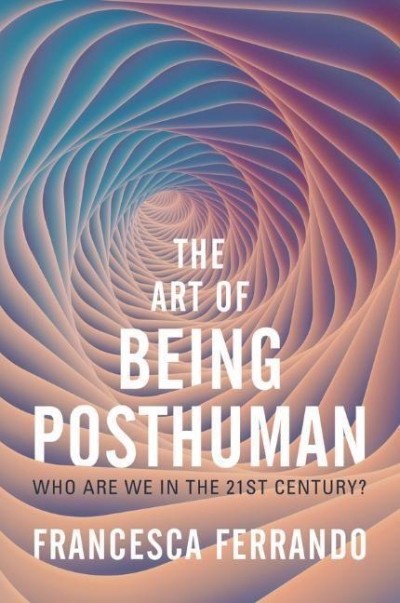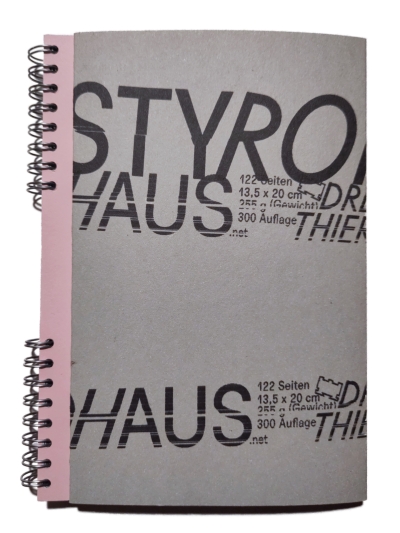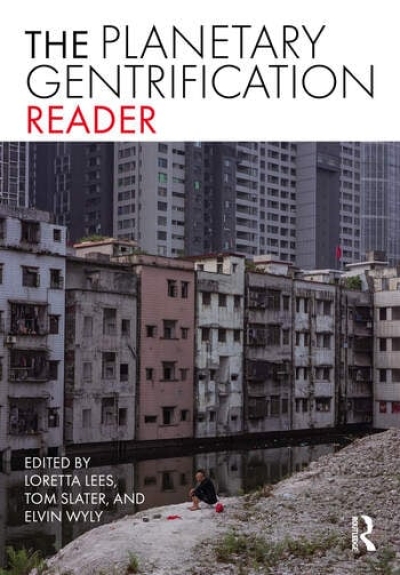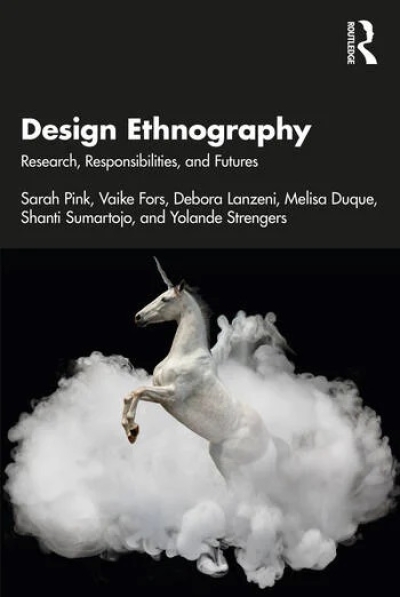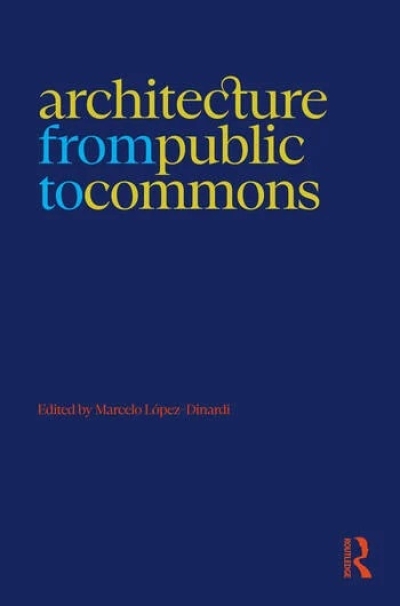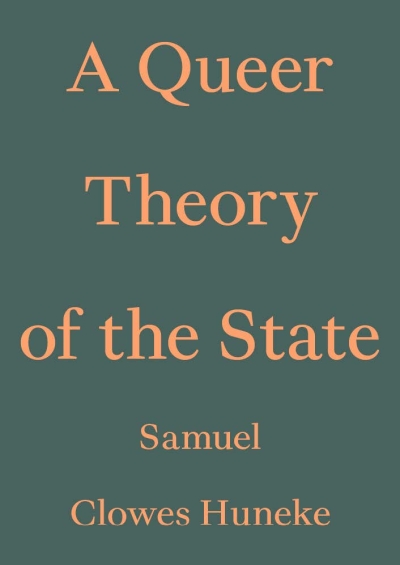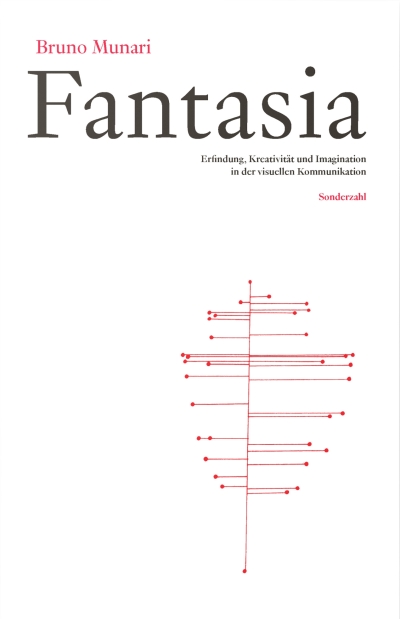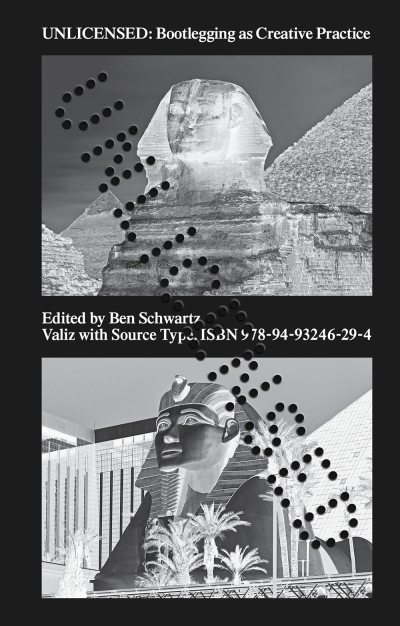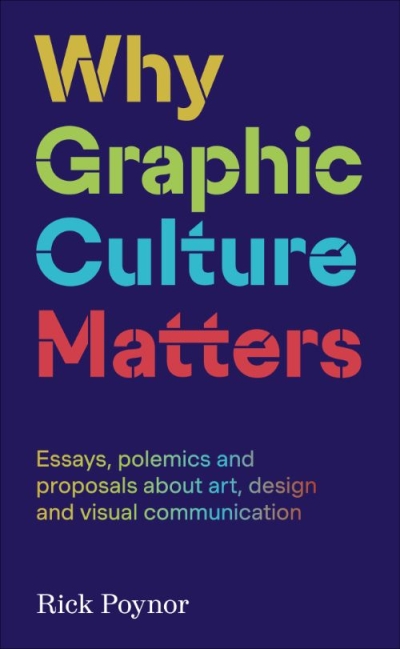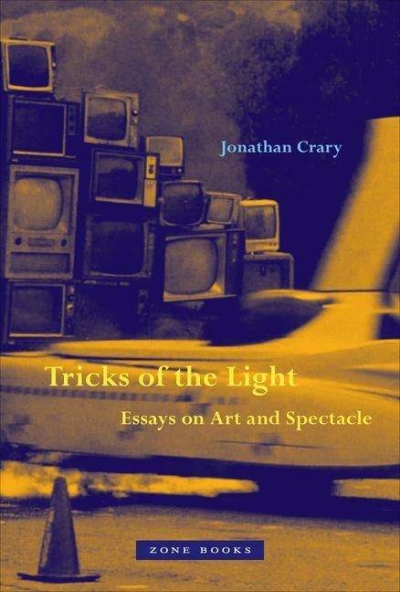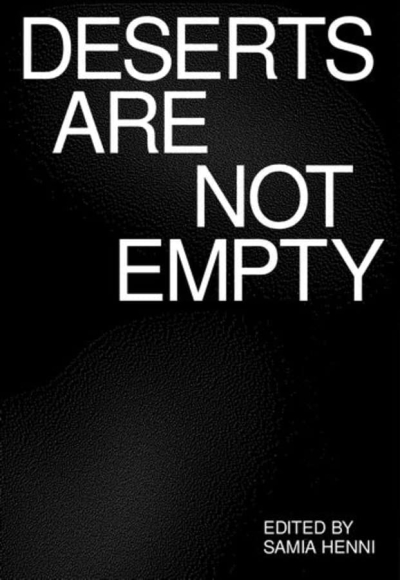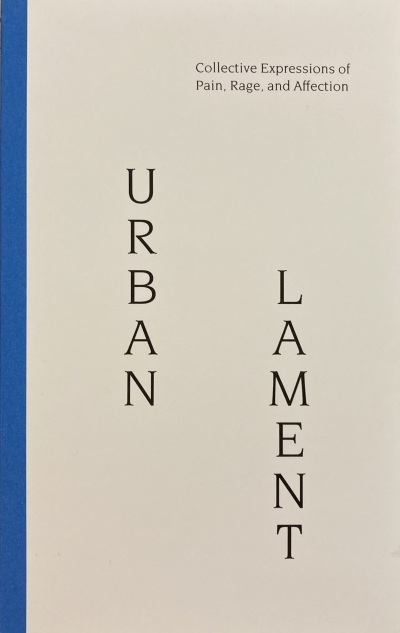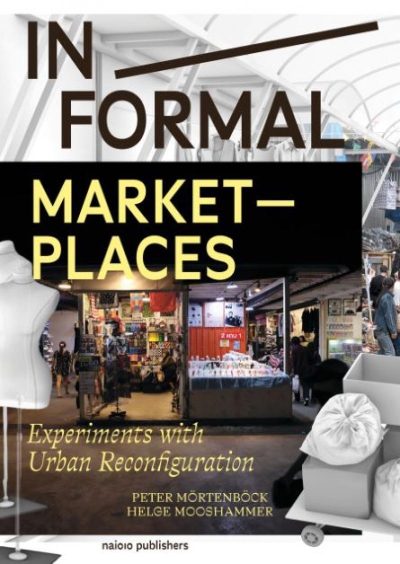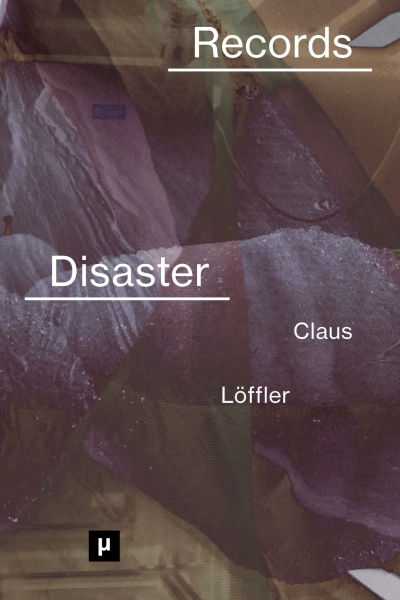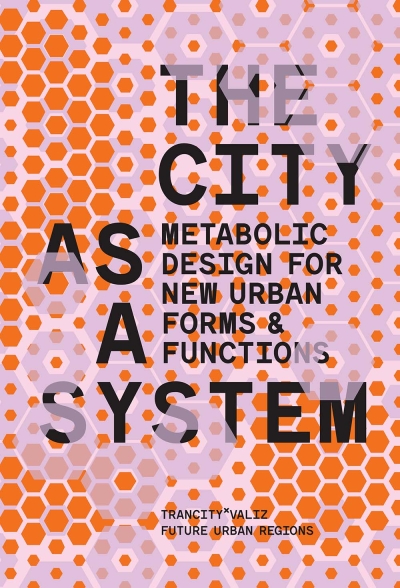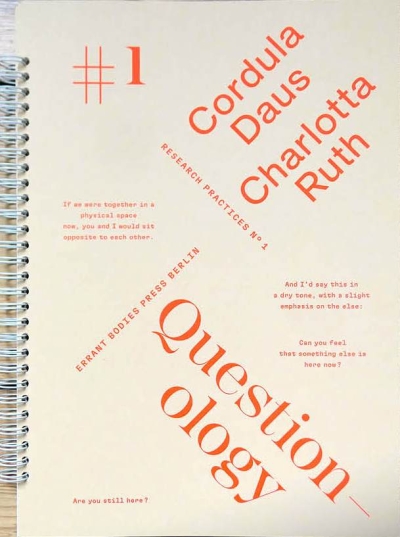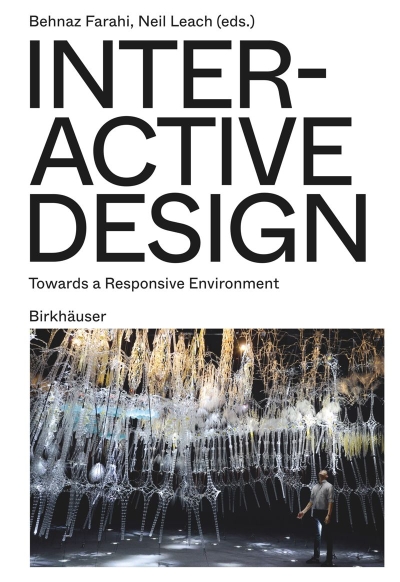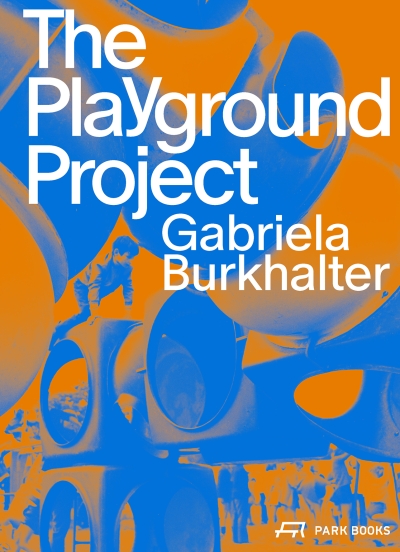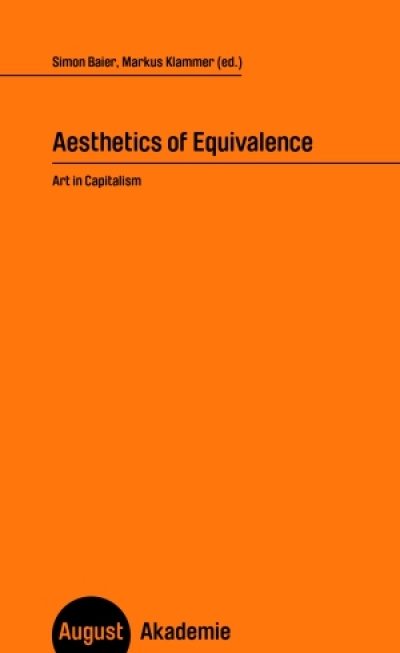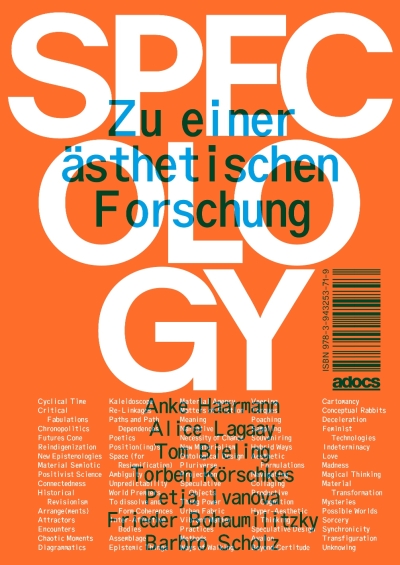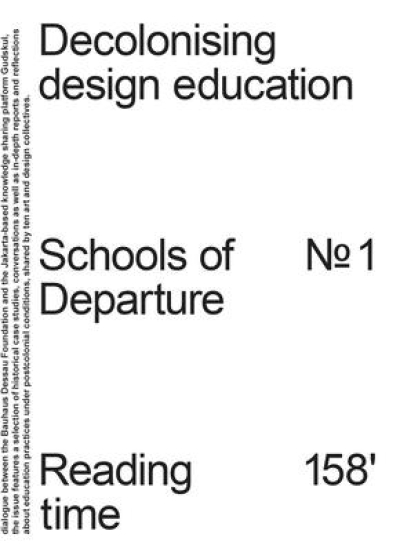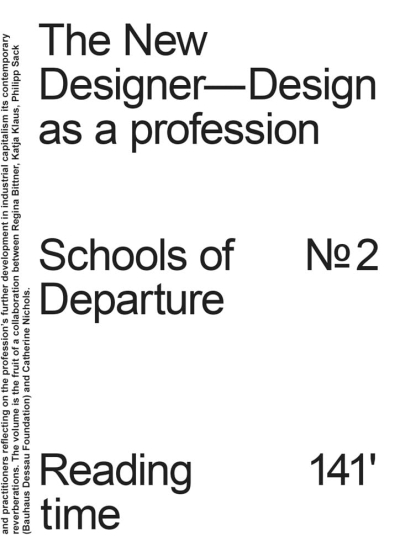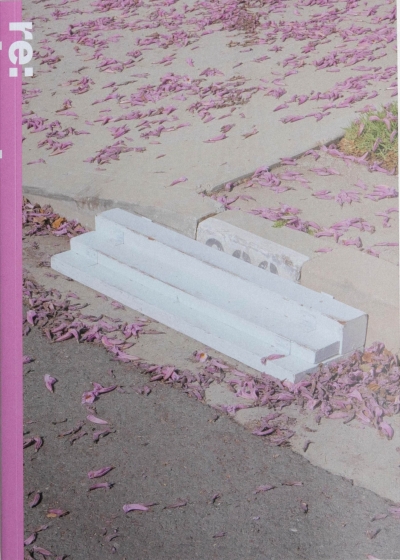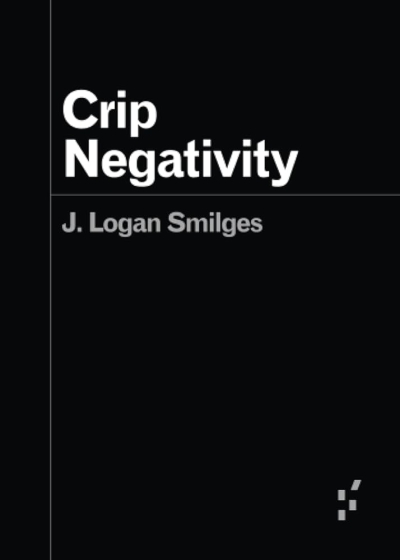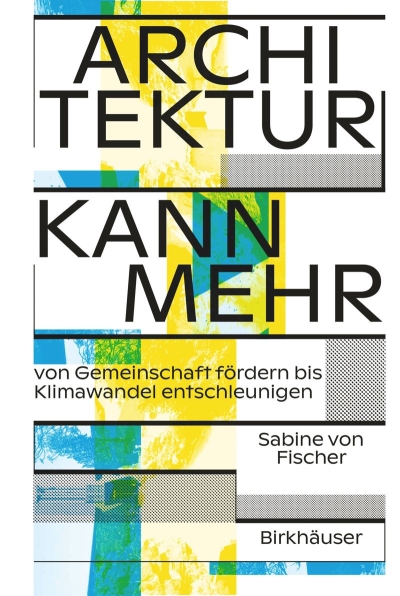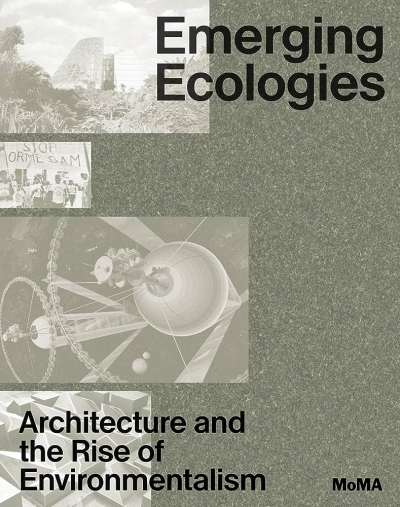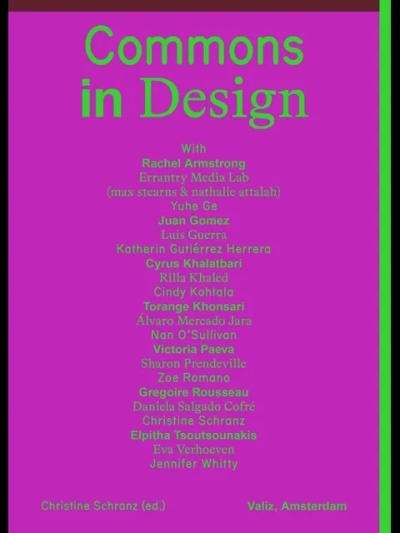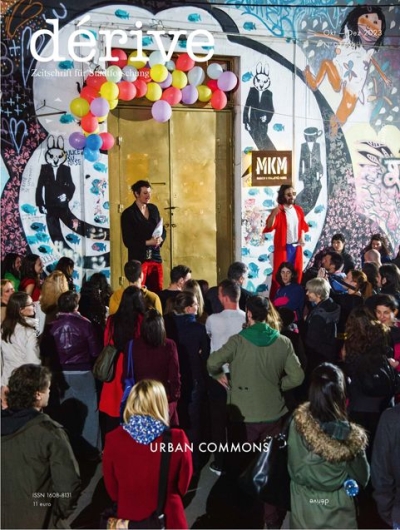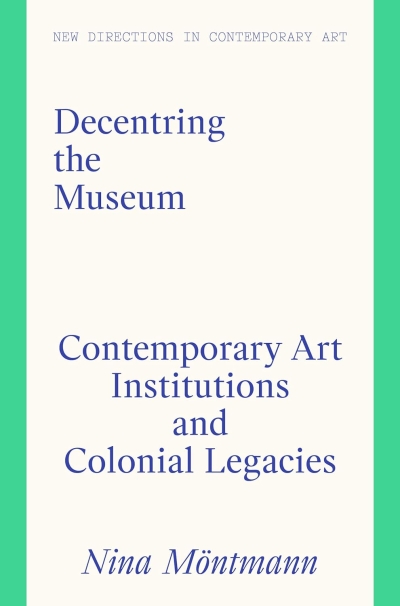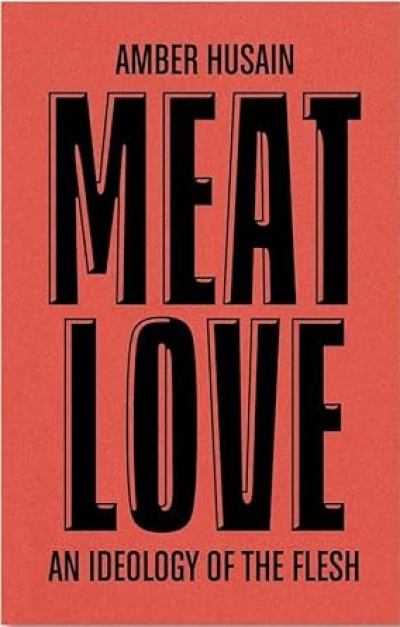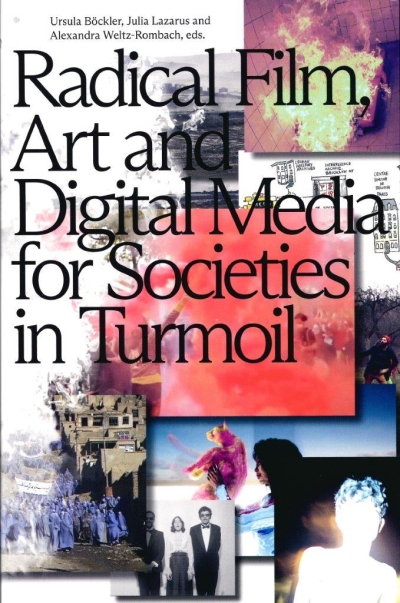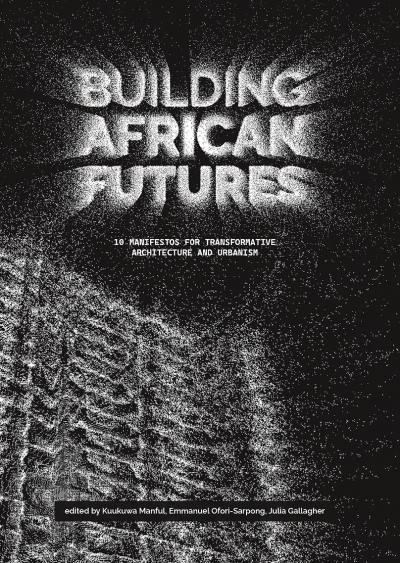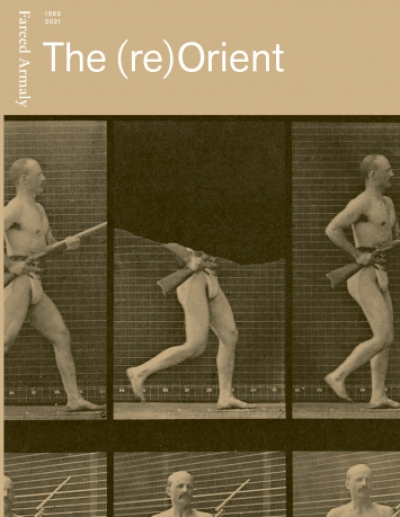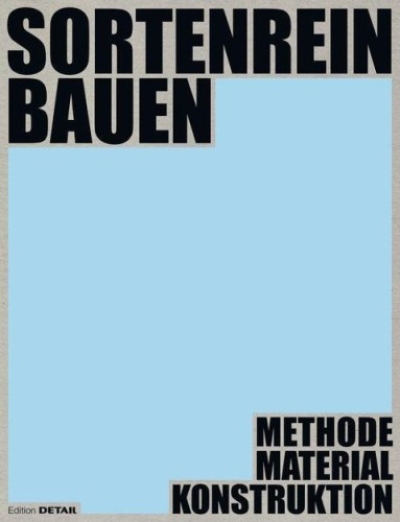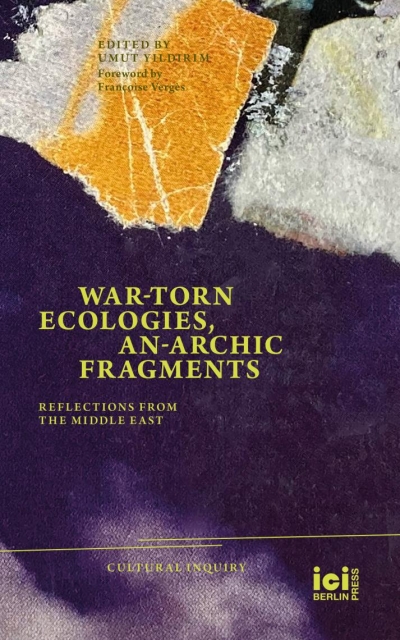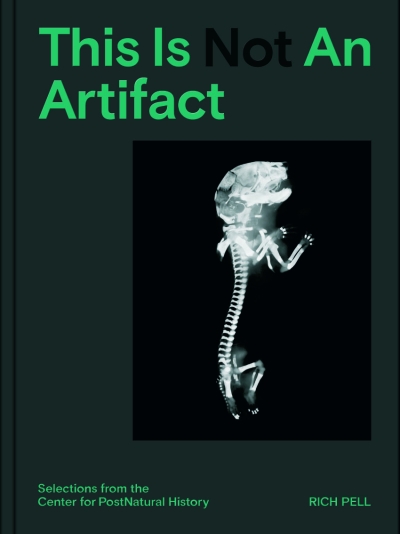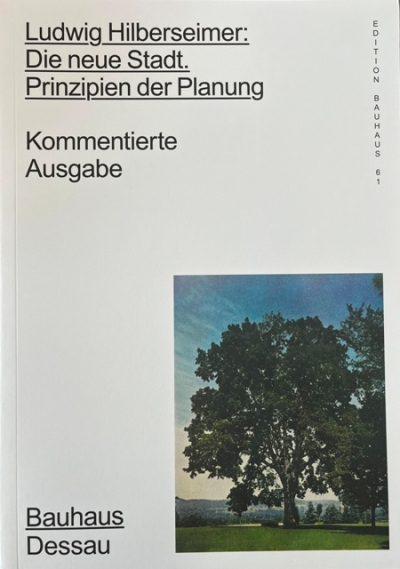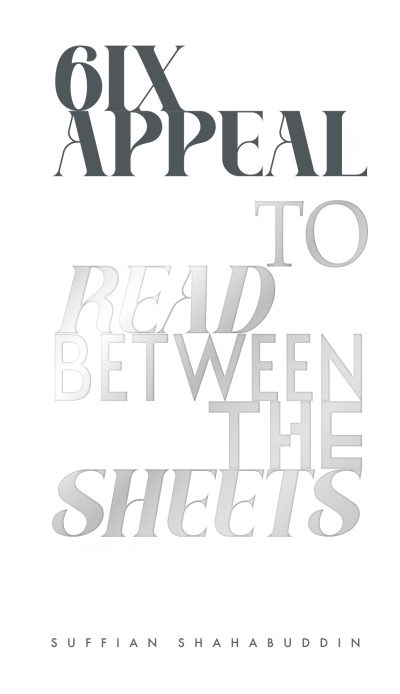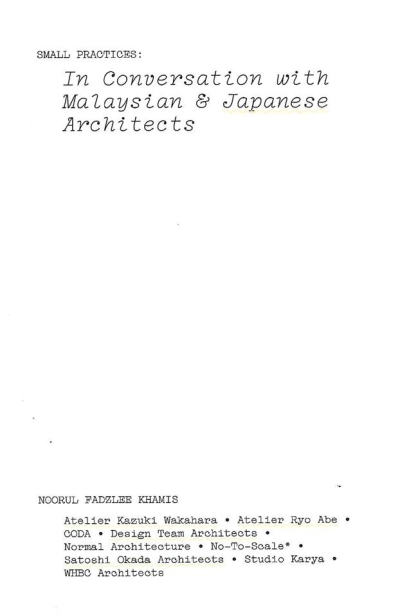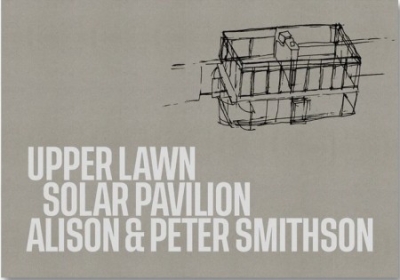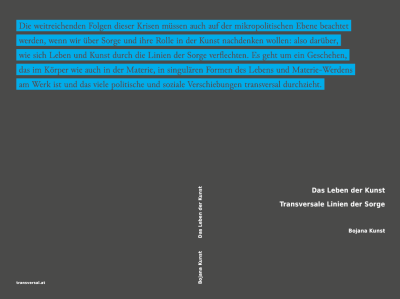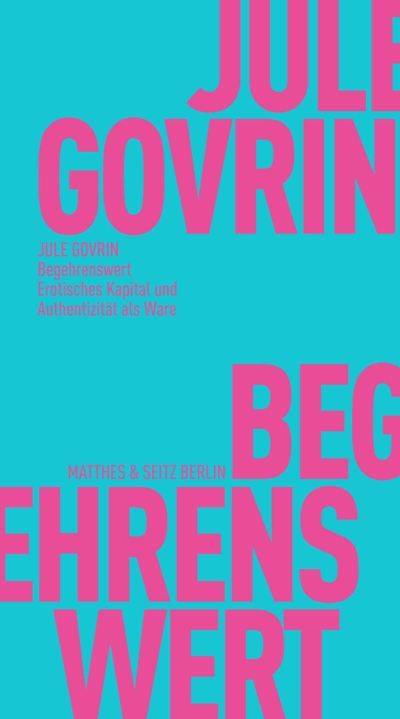
Being Numerous. Essays on Non-Fascist Life
Being Numerous shatters the mainstream consensus on politics, personhood, and truth, and offers in its place a bracing analysis of a perilous world and how we might live in it. Beginning with an interrogation of what it means to fight fascism, Natasha Lennard explores the limits of individual rights, the criminalization of political dissent, the myths of radical sex, and why we may choose to leave room in our lives for ghosts. At once politically committed and philosophically capacious, Being Numerous is a revaluation of the idea that "the personal is political," and goes on to ask the central question of our time-how can we live a non-fascist life?.
Pressestimmen
"Pulsating with energy and acuity, Being Numerous tackles urgent, fundamental questions: What are the sources of our oppression? Do we want to be free? While assessing the forces aligned against our collective liberation (some of which are inside our heads), Natasha Lennard never loses hope. An inoculation against apathy and nostalgia, this is an essential, provocative collection for our confounding times."
--Astra Taylor, director of What Is Democracy?
"Compassionate and merciless, Natasha Lennard's writing is proof that moral philosophy must not be left to the mealymouthed centrists whom the discipline seems to incubate like eggs. Centrism, fascism's PR department, emerges as the true antagonist of this scrappy collection, and Lennard punches it right in the face. Being Numerous is a manual for how to be kinder by being crueler."
--Andrea Long Chu, author of Females: A Concern
"Natasha Lennard is one of the most brilliant and compelling thinkers of our time. She breaks binaries and uproots ideology in elegant prose. Being Numerous demands the attention of any and all who feel the urgency to build the next world."
--Mychal Denzel Smith, author of Invisible Man, Got the Whole World Watching
"Natasha Lennard views politics through the lens of theory, and writes theory with passion and fire--her essays on suicide, violence, sex and antifascism are the work of a dazzling intellect grappling with the most pressing issues of our time."
--Molly Crabapple, author of Drawing Blood
"Riveting ... Being Numerous is an enlightening and eminently readable guide to the radical politics of today."
--Times Literary Supplement
Natasha Lennard's lucid writing about militant social struggles from the inside is in some sense the simplest thing: these are the contemporary forms of what people have long done against intolerable conditions and intransigent powers. And yet engagement with them is so disallowed in the present that Lennard's fidelity to investigation and insight feels hard-won, heroic, and deeply honorable. This is committed journalism at its finest: forbidden, formidable, ferocious."
--Joshua Clover, author of Riot. Strike. Riot: The New Era of Uprisings
"I am always thrilled to read work by Natasha Lennard. Her combination of theory and hard reporting is as rare as it is essential. Questions about liberalism and anti-fascism that dominate our political moment are tackled here with theoretical sophistication, serious reporting, and an inimitable style."
--Sarah Leonard, coeditor of The Future We Want: Radical Ideas for the New Century
"This book is a must read for those interested in elegant and clever writing on the urgent political and social issues of our day. Natasha Lennard offers sharp perspectives on the stale and complacent polarization of left and right. And there is a power and freshness here: amidst the glimpses of the personal--while often couched in erudite philosophical discourse--she reveals herself to be a woman and thinker of substance."
--Razia Iqbal, journalist at BBC News
"Deconstruction with a political bite, Natasha Lennard is the left's answer to post-truth."
--Malcolm Harris, author of Kids These Days: Human Capital and the Making of Millennials
"Lennard's writing puts feelings, facts and reasoning in close contact, respectfully learning from each other. As she shows so clearly, this communing of the faculties is one of the keys to an anti-fascist life."
--McKenzie Wark, author of General Intellects: Twenty-One Thinkers for the Twenty First Century
"Lennard is no mere academic cheering from the sidelines, because fascism is never academic. In her testimonies and elegant critiques, she haunts the specter of its appearance, dealing with its pernicious effects on everyday life, and asks the pertinent question: what does a non-fascist life actually look like?"
--Brad Evans, author of Histories of Violence: Post-War Critical Thought
"Love, the supernatural, and the state are all explored with the same fervour, reflecting on toxic relationships, a childhood ghost, and how the process of getting an American Green Card drove home the uncomfortable ties between our bedrooms and the state."
--Dazed
"Concise and wonderfully acerbic."
--Quietus
"Lennard's perspective encourages an active, thoughtful view of citizenship in a disconcerting era."
--Tank ("Summer Reads")
"An especially helpful analytical framework for the twenty-first century, a world with billions of digital selves interacting in a hypersurveilled universe, within which we are anything but free or empowered."
--Vogue
"Beautifully, written, often incisive and astute, and eminently relevant."
--Jewish Currents
"Lennard is a lively, committed and thoughtful writer."
--Morning Star

![Attending [to] Futures Cover](/sites/default/files/styles/400/public/media/coverbilder/9667928300001A.jpg?itok=rApLfGZY)
